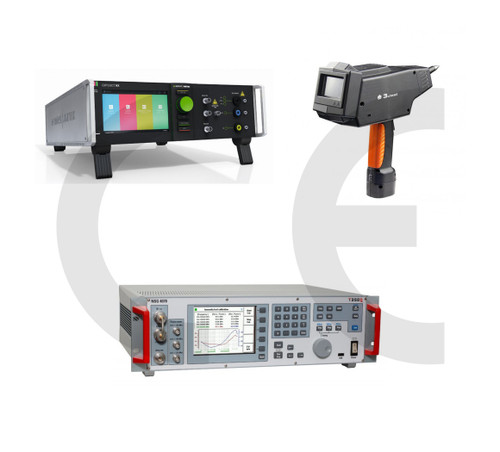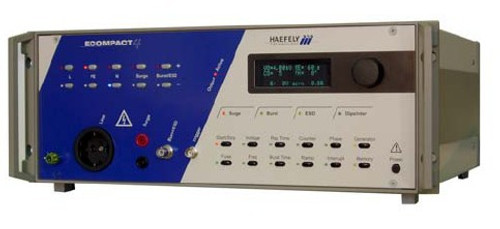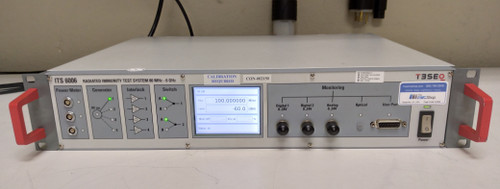Notice: This information is a brief, elementary overview of EMC testing to self certify your product for the CE Mark. For step by step test procedures you will need to purchase the standard for detail instruction. For compliance testing please consult an EMC test lab or a consultant. If you are just starting down this endeavor, it's a time and energy suck. Outsourcing will save you much headache and frustration. The EMC Shop supports engineers with moderate experience performing the tests, in our experience, noobs are in over their head regardless of education/knowledge - visual experience is the bare minimum.
3ctest CCS 600 Conducted Immunity Test System
SKU: 10327










